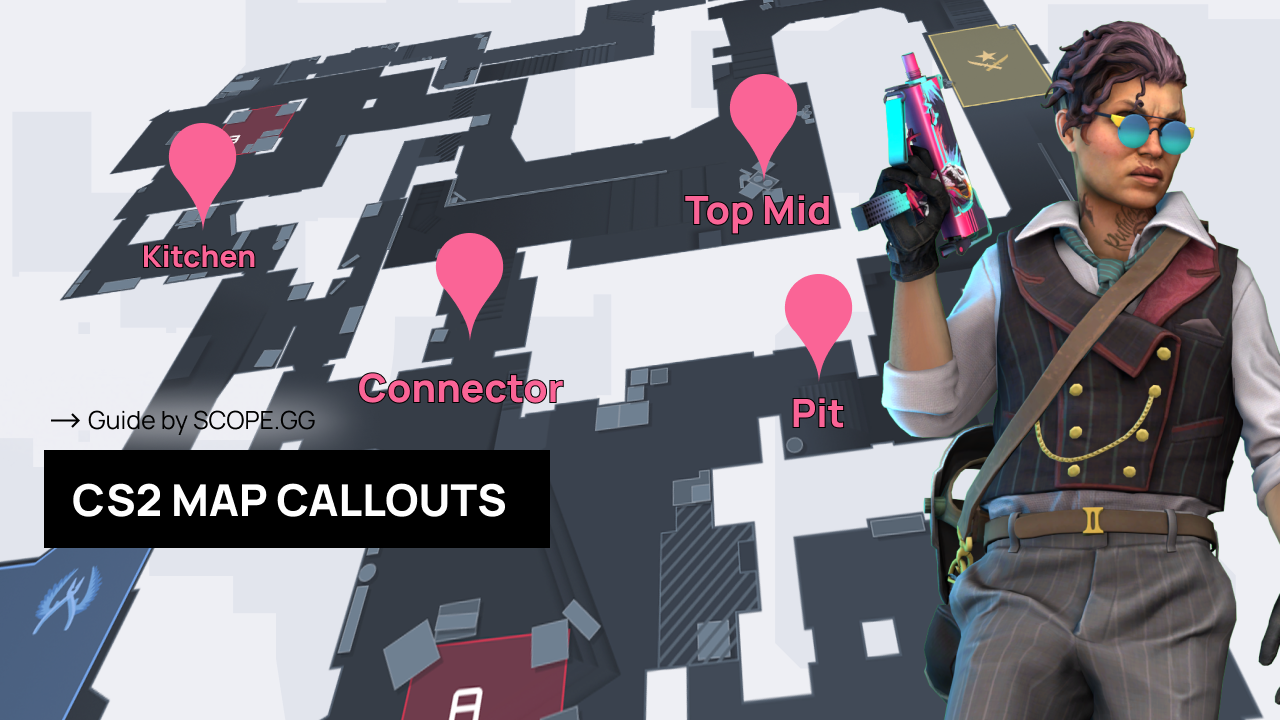BDP Engbu Insights
Your go-to source for the latest news and insights.
Mirage Mysteries Unveiled: Your Essential CS2 Navigation Playbook
Unlock the secrets of CS2 with our ultimate guide, navigating Mirage like a pro. Dive in and dominate your gameplay today!
Mastering the Art of Movement: Essential Tips for Navigating Mirage in CS2
Mastering the art of movement in CS2 is crucial for outmaneuvering your opponents and gaining a competitive edge. One of the essential tips for navigating the mirage map lies in understanding the terrain. Mirage is known for its verticality, so players should practice their movement techniques, such as strafing and bhopping, to maintain speed and agility. Utilizing every corner and elevation effectively can provide you with a significant advantage, allowing you to surprise enemies and escape dangerous situations swiftly.
Furthermore, mastering movement involves learning how to utilize smokes and flashes to create opportunities for stronger positioning. Consider employing techniques like jumping or crouching while throwing grenades to obscure your movements. This strategy can confuse your opponents, making it harder for them to pinpoint your location. Remember, consistent practice will enhance your muscle memory, enabling you to navigate mirage with confidence and finesse. Equip yourself with these tips, and you'll notice a marked improvement in your gameplay.

Counter-Strike is a popular tactical first-person shooter game where players can choose to be part of either the terrorist or counter-terrorist team. The game features various maps, each requiring specific strategies and teamwork to achieve objectives. One of the most iconic maps is Mirage, where understanding mirage callouts can significantly improve coordination among teammates.
Hidden Secrets of Mirage: Strategies for Success in CS2 Navigation
In the competitive world of CS2, navigating the map of Mirage can often feel overwhelming for newcomers and experienced players alike. However, uncovering the hidden secrets of this iconic battlefield is crucial for achieving success. One effective strategy is to familiarize yourself with key locations and callouts. Understanding the geography of Mirage not only enhances communication with teammates but also enables you to anticipate opponents' movements. Make it a point to practice smoke and flashbang throws that cover critical angles, as these utilities can change the tide of a round.
Additionally, mastering the art of map rotation is vital for maintaining control during matches. Players should always be mindful of potential flanks and be ready to adapt their positioning based on enemy actions. Importantly, decision-making under pressure can lead to successful plays, so staying calm and strategic is key. To help you stay ahead, consider incorporating team strategies that exploit Mirage's unique layout. Experiment with income from rushes, baiting opponents, and faking site hits to confuse your enemies, allowing your team to capitalize on their disarray.
What Makes Mirage Unique? Key Features to Explore in Your CS2 Playbook
Mirage stands out as one of the most favored maps in the CS2 universe due to its unique blend of tactical play and dynamic strategies. The layout features two bomb sites, A and B, each presenting distinct opportunities for both attackers and defenders. A key attribute of Mirage is its mid control, which plays a crucial role in determining the outcome of rounds. Players can execute a variety of strategies: from quick rushes to methodical plays that capitalize on team coordination. This versatility allows players to craft custom plays tailored to their team compositions and individual skills.
Another defining feature of Mirage is its balance of open spaces and tight corners, which provides a rich environment for both snipers and riflers. The iconic A site offers multiple avenues for assault, including the ramp and CT spawn, demanding well-coordinated team efforts to secure control. Additionally, the diverse positioning options allow players to exert pressure from unexpected angles. Understanding the unique characteristics of Mirage not only enhances individual performance but also elevates team synergy, making it a map that constantly rewards strategy and adaptability.